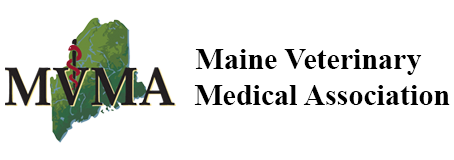- Home
- About MVMA
- Membership
- CE & Events
- Advocacy
- Classified Ads
- Resources
HS Mobilizes with Best Practices for Relocated DogsPress release from the American Heartworm Society, September 20, 2017Wilmington, Dela.—The newly adopted pet left homeless by a recent hurricane, the dog that made a cross-country move with his or her family, the canine companion that’s back from a beach vacation—all are familiar to veterinarians practicing in today’s mobile society. To help ensure that heartworm transmission does not become an unintended consequence of these and other travel plans, the American Heartworm Society (AHS) has announced a new set of veterinary best practices for minimizing heartworm transmission in relocated dogs. The guidelines include recommendations for heartworm testing, treatment and prevention, and were developed in collaboration with the Association of Shelter Veterinarians (ASV). Recommended practices target transmission prevention 
“Preventing transmission of D. immitis has always been a focus of the AHS Heartworm Guidelines. However, we believe we need to do more, given the potential for heartworm-positive dogs to serve as reservoirs for infection,” says AHS President Chris Rehm, DVM. “For example, if a microfilaria-positive dog is rescued in one state and subsequently moved to a new home in another state where nearby pets are unprotected, mosquitoes feeding on the new dog can quickly become heartworm vectors. The results can be disastrous for unprotected pets in the vicinity.” Fortunately, measures can be taken to protect the health of both infected animals and their new neighbors, says Dr. Rehm. While the ideal scenario is to treat infected dogs before transporting or traveling with them, situations often dictate that infected animals cannot undergo a full course of heartworm treatment, including adulticide administration, before hitting the road. The goals of the AHS Transportation Guidelines are three-fold: (1) prevent infected dogs from becoming heartworm reservoirs; (2) ensure that untimely travel does not trigger heartworm disease complications; and (3) assure that, once treated, dogs are on lifelong heartworm prevention. The new best practices include the following steps:
“It is clear that care, cooperation and communication are needed on both ends of any journey that involves a heartworm-positive dog,” Dr. Rehm concludes. “Our goal is to help veterinarians who oversee the health of both traveling and adopted dogs—as well as their clients—understand the threat and make the prevention of heartworm transmission a priority. Visit https://www.heartwormsociety.org/ for more information. |
